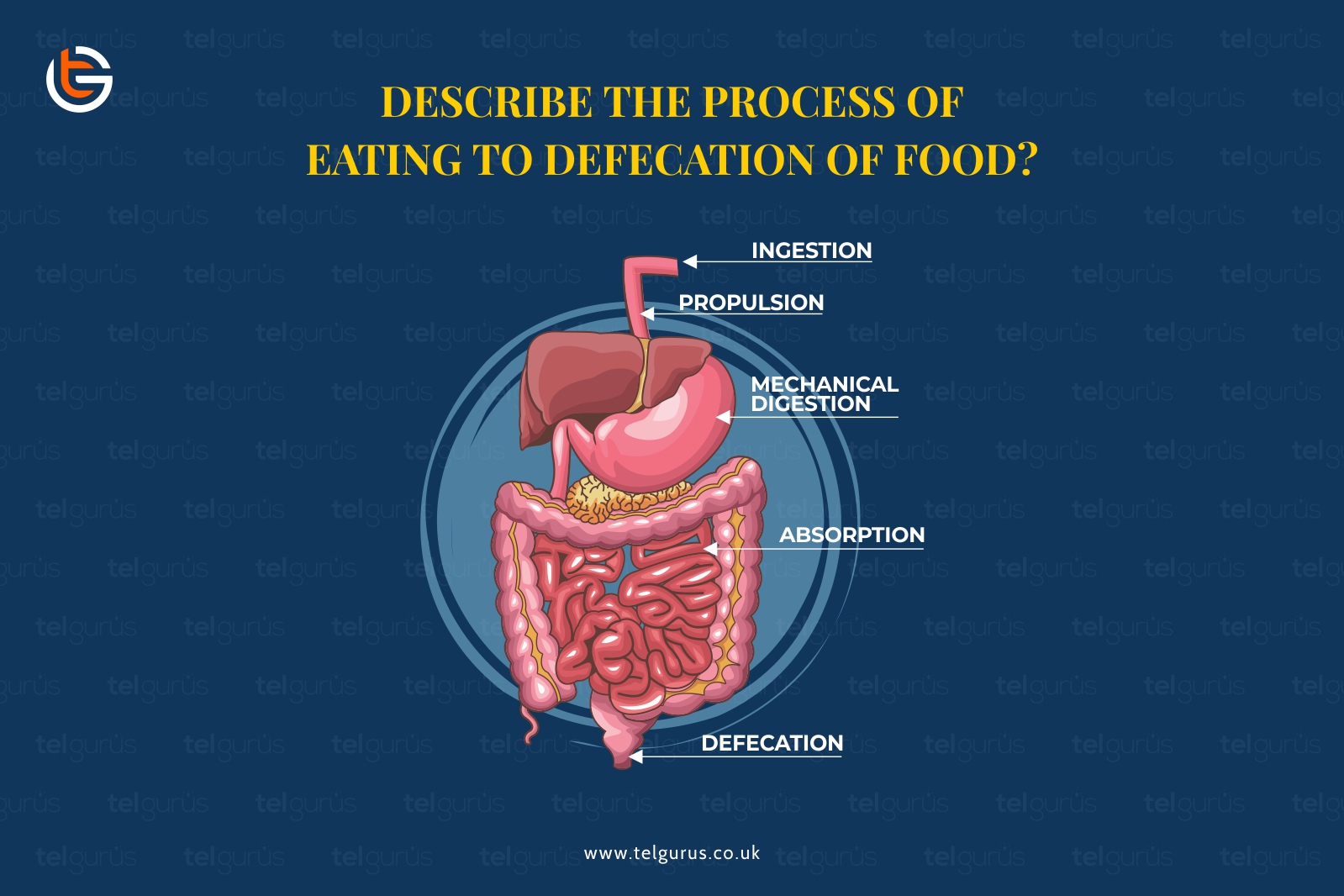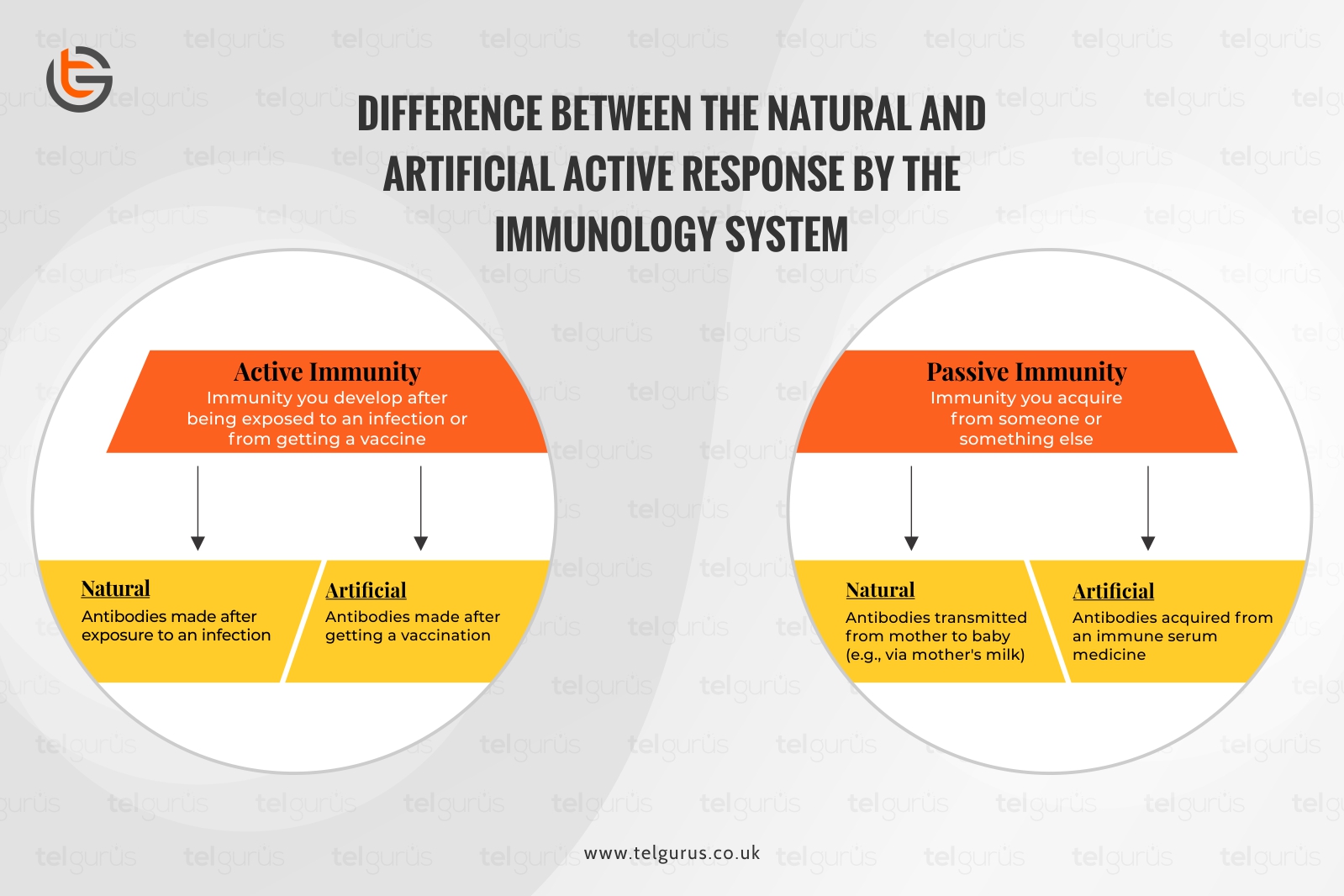Enrich your knowledge with our informative blogs
Describe the process of eating to defecation of food?

Each part of the digestive system and even the body helps move the liquids and food. From beginning to getting the food into the mouth to chewing it and then breaking it down into smaller parts, digesting it, and then defecating the same.
A large number of organs are involved in the entire process.
What is the process of eating to food defecation?
After biting the food chunks using the teeth, the food is repetitively chewed through the teeth and jaws action.
After this repetitive action, with the swallow reflex and food bolus, it enters the esophagus through the peristalsis. After this, it reaches the stomach, where strong acids neutralize the pathogens, and the process of chemical digestion takes place.
The food further enters the small intestine, where the nutrients are absorbed. The food then moves into the large intestine with the help of gut peristalsis, where most of its water is absorbed, and the waste products are added.
However, the end products then stay in the colon till the urge to defecate, and after this defecation, it leaves the body.
Let us have a detailed look at it.
-
Mouth
The food begins moving through the GI tract whenever a person eats food. When the food is swallowed, the tongue pushes it to the throat.
-
Esophagus
Once the swallowing begins, the process of eating the food somewhat becomes automatic. The brain signals the esophagus muscles, and peristalsis starts.
-
Lower esophageal sphincter
When the food reaches the end of the esophagus, the ring-like muscle, popularly known as the lower esophageal sphincter, relaxes and enables the food to pass into the stomach.
-
Stomach
After the food enters the stomach, the stomach muscles mix the liquid and food with the digestive juices, and later the stomach slowly empties the contents into the small intestine.
-
Small Intestine
The small intestine muscles then mix the food with other digestive juices from the intestine, pancreas, and liver.
It then pushes the mixture forward to proceed with further digestion.
The small intestine walls then absorb the water and digested nutrients into the bloodstream.
As the process continues, the digestive process waste products move further into the large intestine.
-
Large intestine
The waste products from the digestive process contain undigested food parts, older cells, and fluid from the GI tract’s lining. At this stage, the large intestine then absorbs the water and modifies the waste from the liquid into the stool. The peristalsis then facilitates moving the stool into the rectum.
-
Rectum
The rectum is the lower end of the large intestine that stores the stool till it pushes the stool out of the anus during the bowel movement.

Get your doubts resolved ON THE SPOT!
Make learning interesting and fun when the doubts are resolved instantly with the comfort of your home only at TEL Gurus.
Categories
Recent Posts
- List of the qualities you should look for in your tutors?
- What is the most useful formulas in math?
- Describe the process of eating to defecation of food?
- Difference between the natural and artificial active response by the immunology system.
- Explain the different circle theorems
- How are nerve cells adapted to their function?









